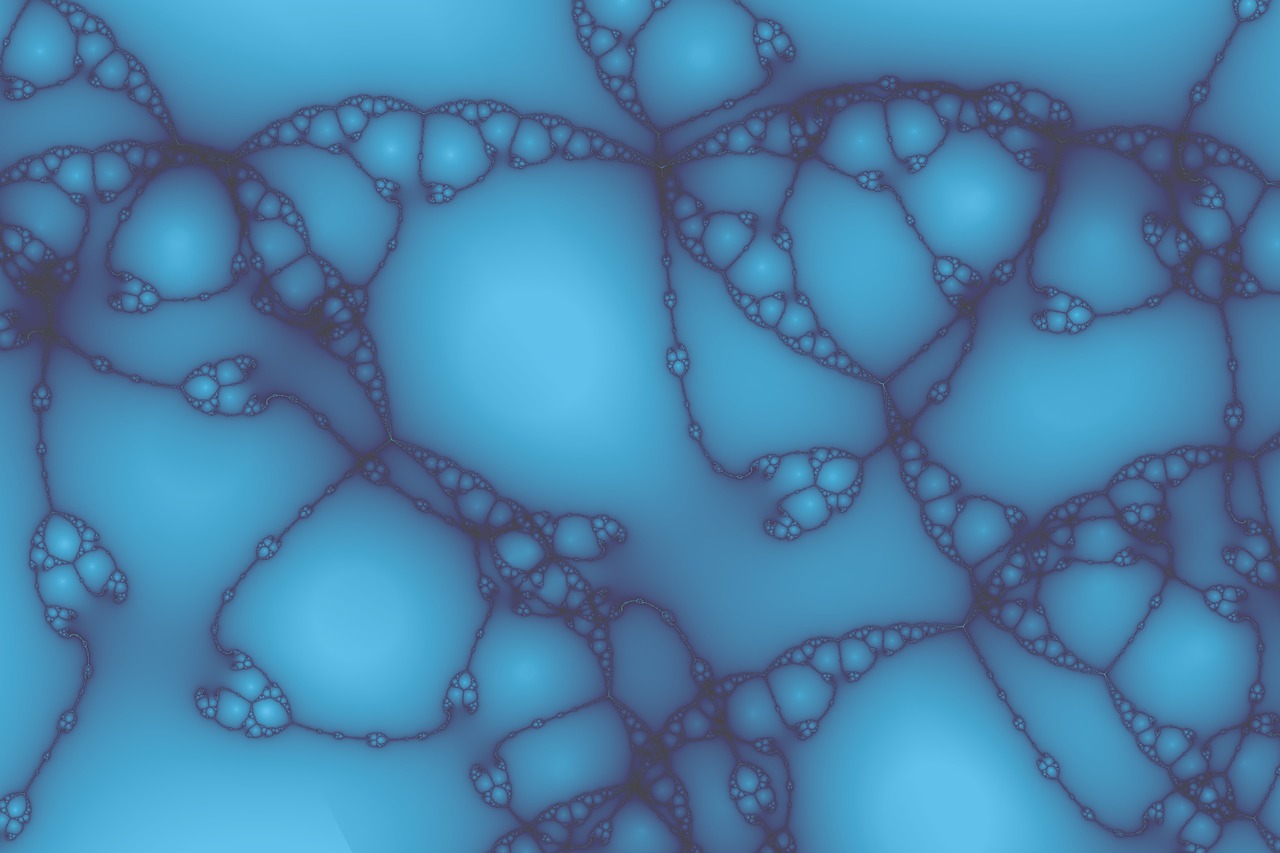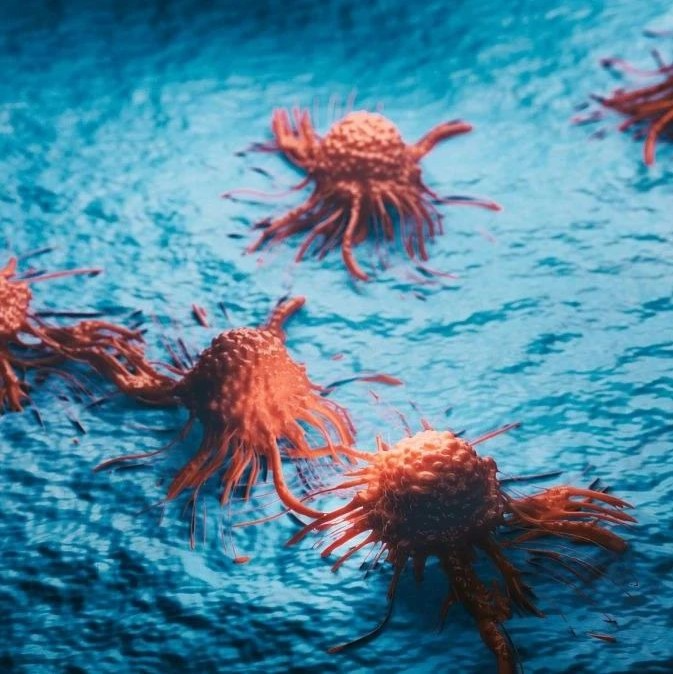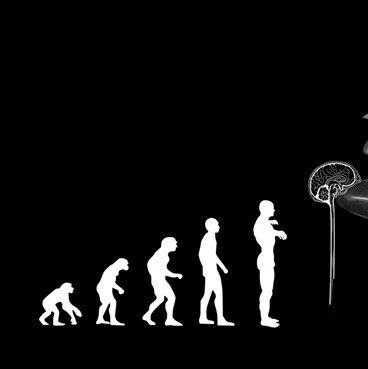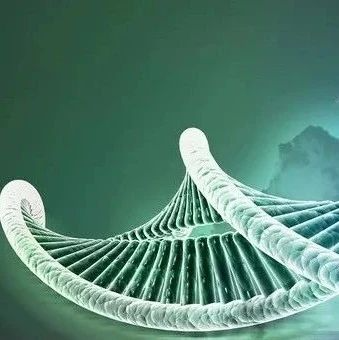通常,人们认为癌症是在多年时间内正常细胞慢慢变成癌细胞,逐步形成的。不过,一份最新研究却表明,癌症可能来自某种“事件”,它导致染色体破碎,当细胞对这些染色体进行修复的时候,错误发生,正常细胞因此癌变。这项研究由剑桥大学桑格研究院的一个小组所做,论文发表在《细胞》上。

科学家是通过研究750个肿瘤的遗传缺陷后得出以上结论的。其中大部分的案例都与传统理论相符,染色体的损坏不断堆积,最终导致了癌变。然而,其中至少有1/40的肿瘤不符合“标准模式”,有的染色体似乎是在一夜之间被破坏的。
研究者还对10名白血病患者的基因进行了扫描。这些病人的癌细胞的染色体完全失控,一些片段被复制,另一些片段则丢失。其中一位病人身上的特点尤为与众不同,几乎所有的基因受损都发生在一段单一的染色体上。
研究者对这些被重组的染色体片段进行重构,发现其中的一些现象用现行的癌症演变知识没法解释。他们发现,染色体会在经历某个事件之后变成碎片,研究者将之称为“染色体碎裂”(chromothripsis)。
通常,细胞在受损之后会自我摧毁。但在一些例子中,这个机制却失效了,细胞不断修复染色体,修复方法却相当糟糕。结果,这些细胞幸存下来,癌变了。该项目的负责人坎贝尔(Peter Campbell)称:“在一个细胞里面,染色体变成了碎片。如果这个细胞开始笨拙地修补,把碎片杂乱地缝合起来,就破坏了原有的DNA结构,为癌症的快速形成提供了条件……所以,这个细胞应该说‘好吧,我放弃’,而不是强行修复。”
研究表明,几乎所有的细胞受损都发生在一段特定的染色体或染色体区域中。坎贝尔说,现在还很难解释为什么这种细胞受损一方面会引起今后癌变的灾难,但又局限在特定的区域。他认为,这种损害可能是由某种辐射能脉冲导致。哈佛医学院的癌症生物学家梅森和佩尔曼则表示,可能是在细胞分裂前,染色体在发生压缩时碎裂。不管原因几何,这份新研究都为癌症基因演变的研究提供了新的方向。

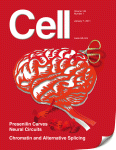 Massive Genomic Rearrangement Acquired in a Single Catastrophic Event during Cancer Development
Massive Genomic Rearrangement Acquired in a Single Catastrophic Event during Cancer Development
Philip J. Stephens, Chris D. Greenman, Beiyuan Fu, Fengtang Yang, Graham R. Bignell, Laura J. Mudie, Erin D. Pleasance, King Wai Lau, David Beare, Lucy A. Stebbings, Stuart McLaren, Meng-Lay Lin, David J. McBride, Ignacio Varela, Serena Nik-Zainal, Catherine Leroy, Mingming Jia, Andrew Menzies, Adam P. Butler, Jon W. Teague, Michael A. Quail, John Burton, Harold Swerdlow, Nigel P. Carter, Laura A. Morsberger, Christine Iacobuzio-Donahue, George A. Follows, Anthony R. Green, Adrienne M. Flanagan, Michael R. Stratton, P. Andrew Futreal, Peter J. Campbell
Cancer is driven by somatically acquired point mutations and chromosomal rearrangements, conventionally thought to accumulate gradually over time. Using next-generation sequencing, we characterize a phenomenon, which we term chromothripsis, whereby tens to hundreds of genomic rearrangements occur in a one-off cellular crisis. Rearrangements involving one or a few chromosomes crisscross back and forth across involved regions, generating frequent oscillations between two copy number states. These genomic hallmarks are highly improbable if rearrangements accumulate over time and instead imply that nearly all occur during a single cellular catastrophe. The stamp of chromothripsis can be seen in at least 2%–3% of all cancers, across many subtypes, and is present in ∼25% of bone cancers. We find that one, or indeed more than one, cancer-causing lesion can emerge out of the genomic crisis. This phenomenon has important implications for the origins of genomic remodeling and temporal emergence of cancer.


